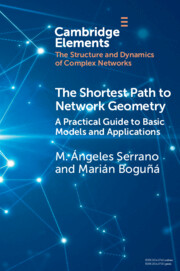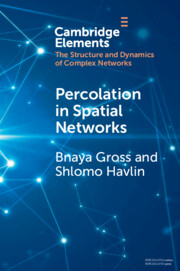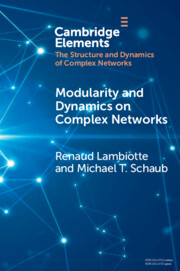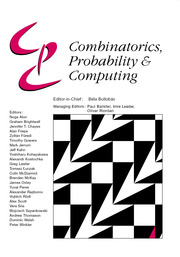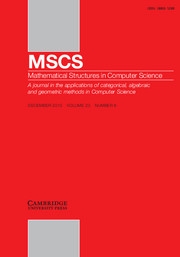The Shortest Path to Network Geometry
Real networks comprise from hundreds to millions of interacting elements and permeate all contexts, from technology to biology to society. All of them display non-trivial connectivity patterns, including the small-world phenomenon, making nodes to be separated by a small number of intermediate links. As a consequence, networks present an apparent lack of metric structure and are difficult to map. Yet, many networks have a hidden geometry that enables meaningful maps in the two-dimensional hyperbolic plane. The discovery of such hidden geometry and the understanding of its role have become fundamental questions in network science giving rise to the field of network geometry. This Element reviews fundamental models and methods for the geometric description of real networks with a focus on applications of real network maps, including decentralized routing protocols, geometric community detection, and the self-similar multiscale unfolding of networks by geometric renormalization.
Product details
January 2022Paperback
9781108791083
75 pages
228 × 152 × 4 mm
0.1kg
Available
Table of Contents
- 1. From networks to maps
- 2. Geometric models for static topologies
- 3. Mapping real networks
- 4. Mesoscale organization and community detection
- 5. Self-similarity and renormalization
- 6. Navigability
- 7. Geometry of weighted, multiplex, and growing networks
- 8. Conclusions
- References.

